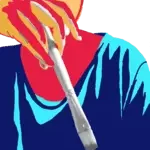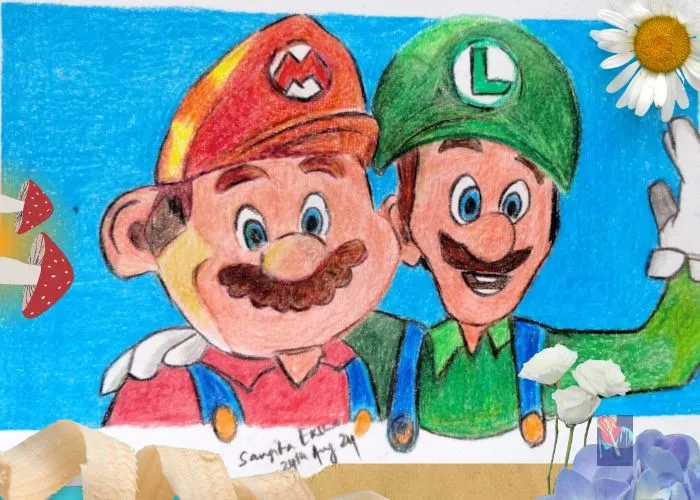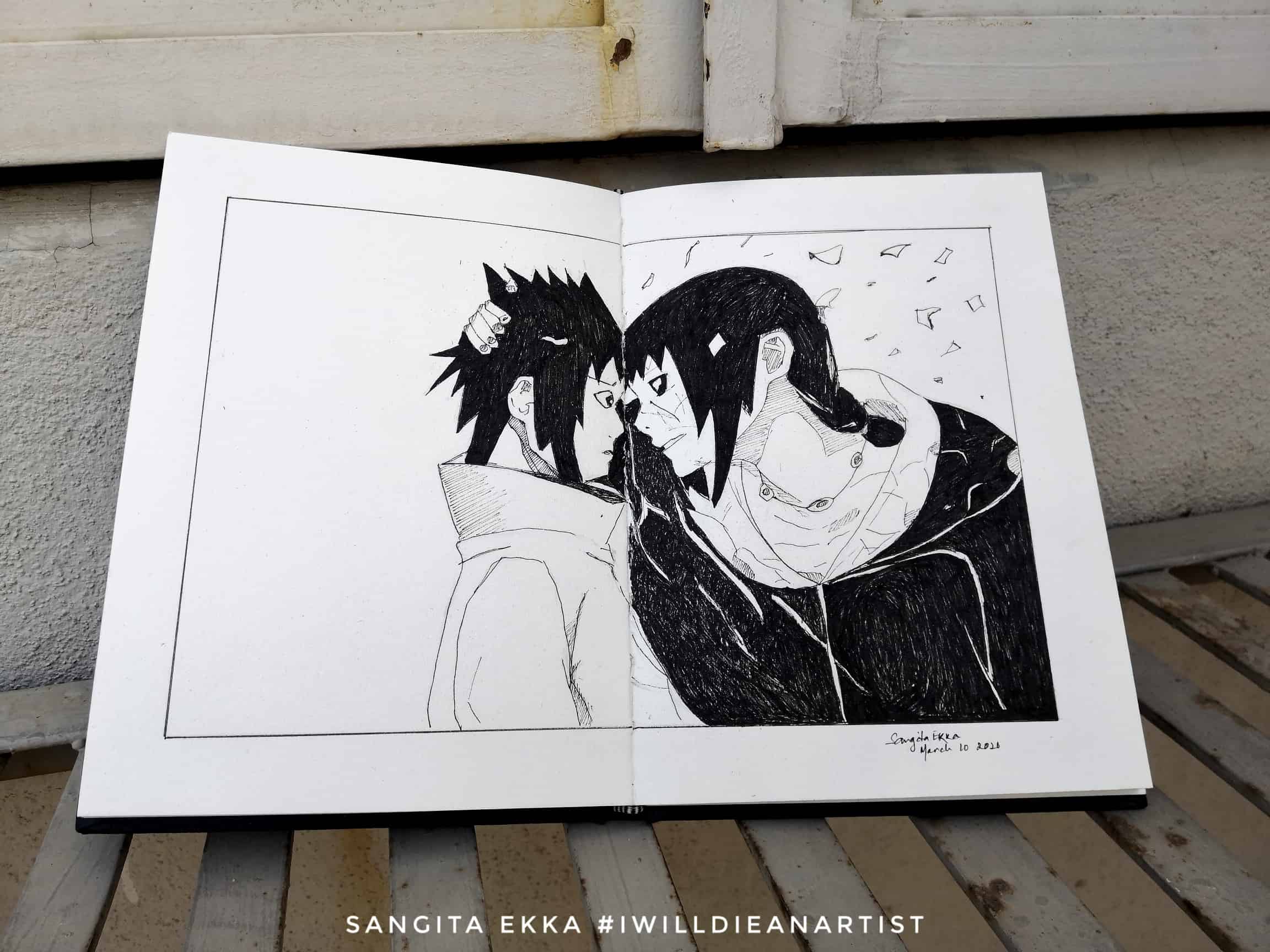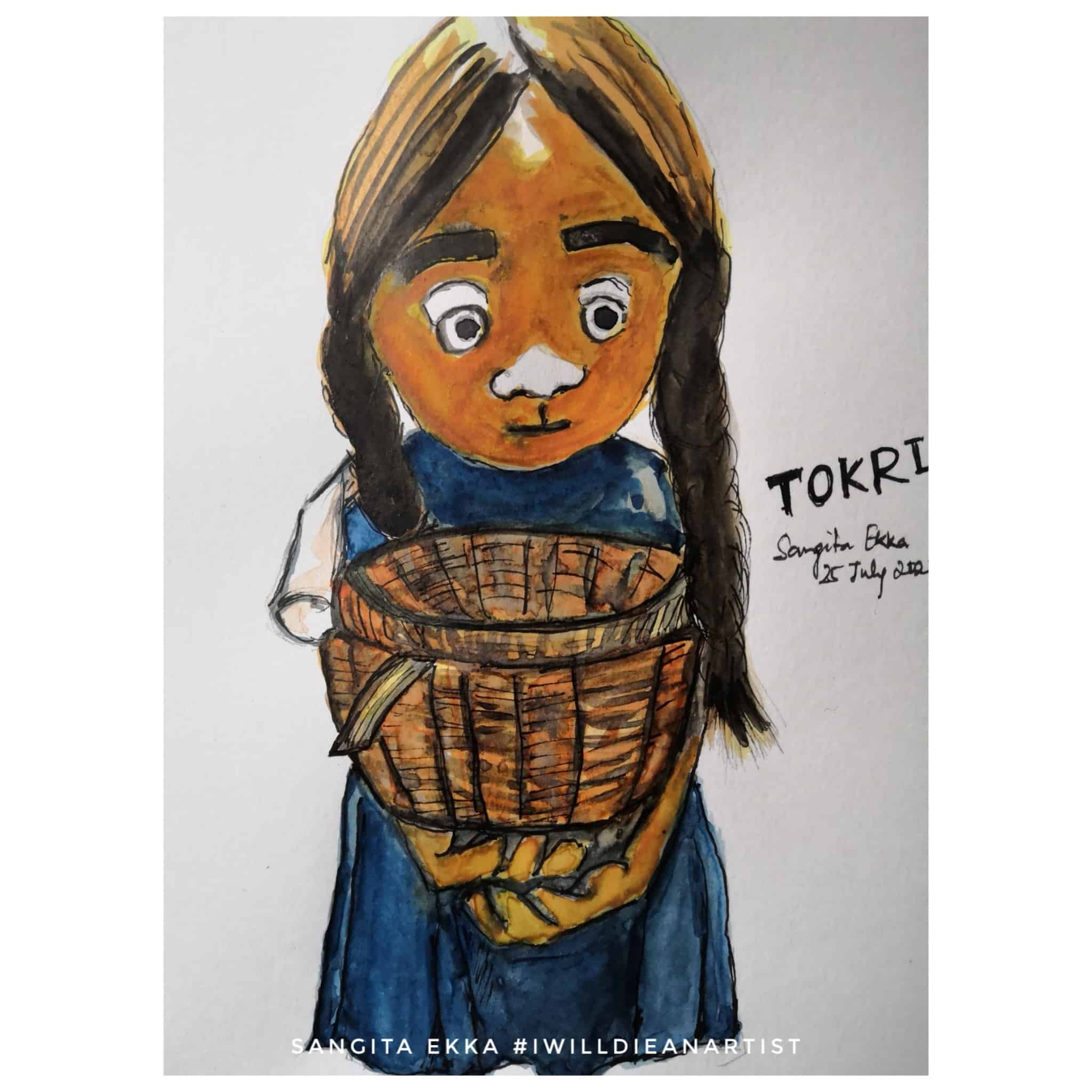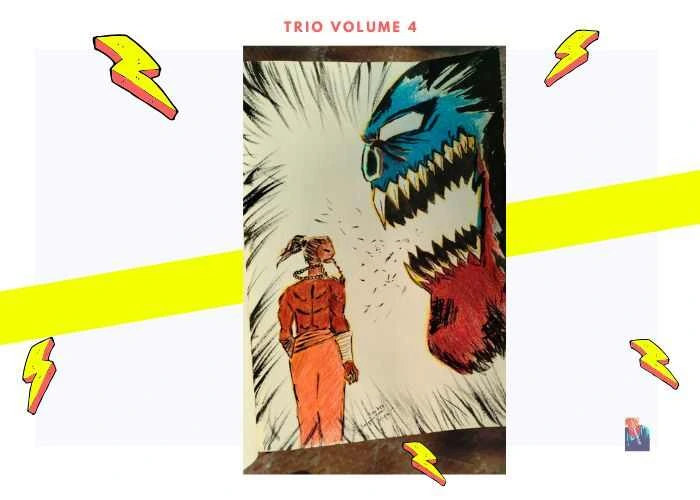When you see a beloved 8-bit game character come to life in 3D, it’s impossible not to get excited.
My current location doesn’t allow me to watch these animation films in theatre releases, but I patiently wait for OTTs, and frankly, the theatre and home experience are nearly the same for me.
It’s been over a year since Mario’s official release, and I was pumped to see artists sharing their contributions to the film. I wasn’t ready to soak up the cutesy mushrooms in the trailer or the gigantic fire cloud for Bowser’s entrance, but it was exciting and anticipating.
Now that I have finally watched the film, it leaves much to be desired.
I am not a fan of criticism for the sake of it because I understand the hard work involved in making an animated feature film. But if the core story fails to deliver, no amount of visual creative honors to a cherished childhood memory could do it justice.
AD
Luigi Remains The Second Player
In my tiers of disappointment, the top spot is reserved for Luigi’s second-player status. The film starts with the Italian brothers on equal footing, but by the end, Mario remains the star of the show, the first player character.
I assume the writers had so much to play with but chose not to.
Luigi is not a sidekick; he is an equal to Mario. It’s just the design of the 8-bit era that only one player gets to move. The film’s portrayal of Luigi as a mere shadow of Mario is a disservice to his character and the game’s legacy.
Mario and Luigi have the same power and potential, yet the film overshadows the green guy. Luigi’s screen time is so negligible that one might assume it would be fairer if he weren’t a part of the character set.
Bowser’s Questionable Character
My second disappointment is with Bowser’s character.
One moment, he plans to plunder from one kingdom to another, and the next thing we know, he wants to marry Princess Peach. Where did that come from?
Has our collective stance on a fine villain reduced to a heartbreak kid? Have we forgotten the legendary selfish villains who left no stone unturned to get what they wanted?
Take Kai, for example, from Kung Fu Panda 3. He spent 500 years on a dedicated chi collection mission so that he could return to the mortal world and take revenge.
Let’s go a bit further into the past, the 2D-era villains.
Have we forgotten Disney’s Jafar, who nearly became the all-powerful genie to destroy Aladdin and Agrabah? Or Duke Igthorn from Gummi Bears, who refused to burn down the castle because, and I quote, “I don’t want to rule over a pile of rubble.” These are the kind of villains that stay with you, and Bowser’s character in the film pales in comparison.
“I don’t want to rule over a pile of rubble.”
A fantastic story comes from a fantastic villain.
Bowser’s potential to be a nastier character was wasted.
The Donkey Kong Merging
The Super Mario Bros movie is not the first film to take inspiration from video games.
Pixar’s Wreck-It Ralph did a FANTASTIC job paying tribute to so many older games while maintaining consistency in the story.
Adding Donkey Kong was not only unnecessary, but it broke the flow of the film to the point where one would wonder if the director was changed midway!
Final Thoughts
To give credit where credit is due, the film’s saving grace was a creative take on world-building inspired by NES environments. One could tell those visual developers played and finished The Super Mario Bros. without venturing into the warp zones.
Since animated heroines are not damsels in distress anymore, it was also a welcoming change to see Princess Peach come to life and have a personality.
It was delightful to see pipes, flying bricks, koi fishes, shark bullets, Koopas, and many other game elements in the film, and it was equally disappointing to see them disappear just as quickly.
Overall, The Super Mario Bros movie did not live up to the hype and failed to capture the attention of an audience that already loved Mario, Luigi, and the nostalgic NES game.
AD
